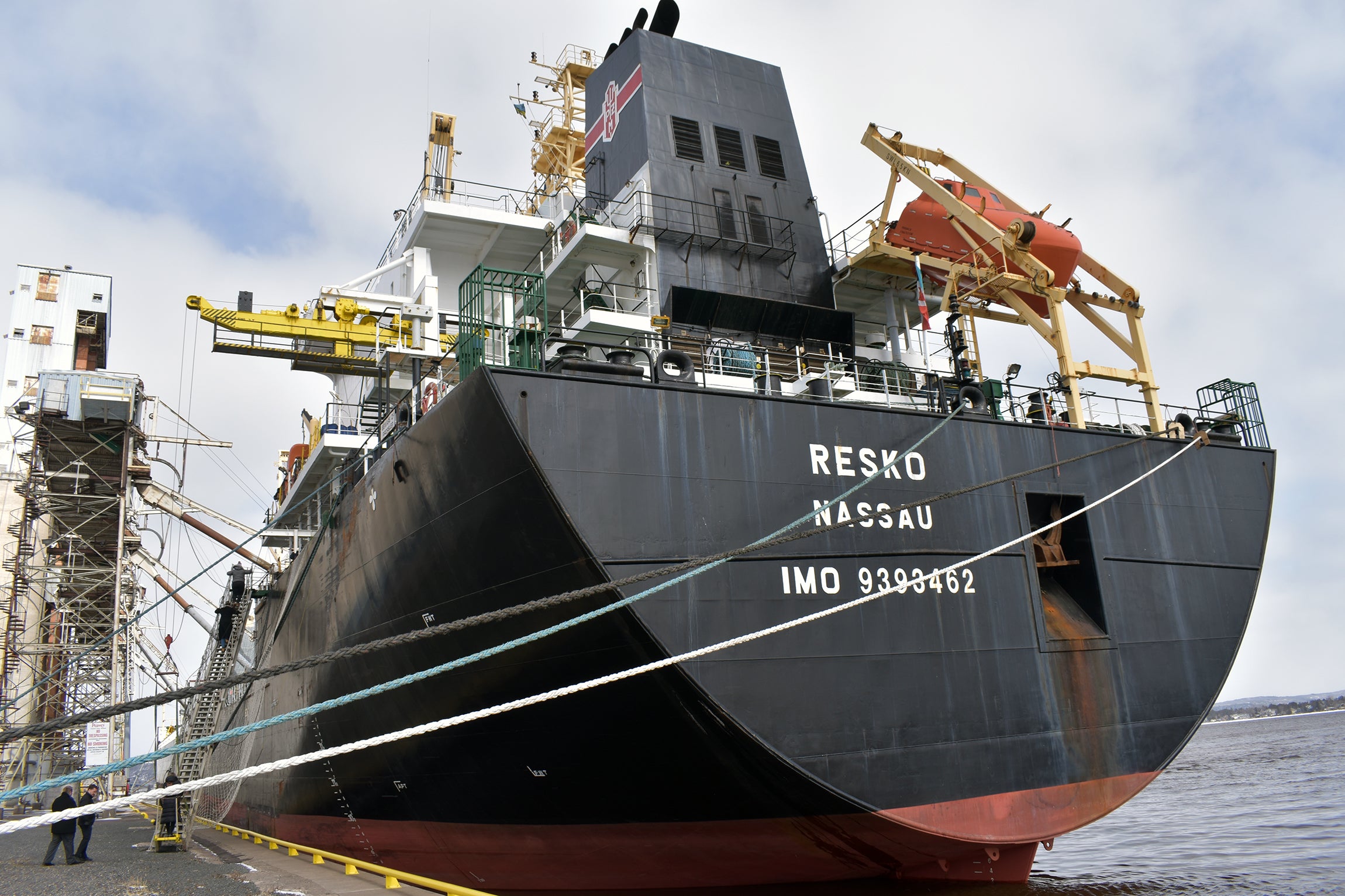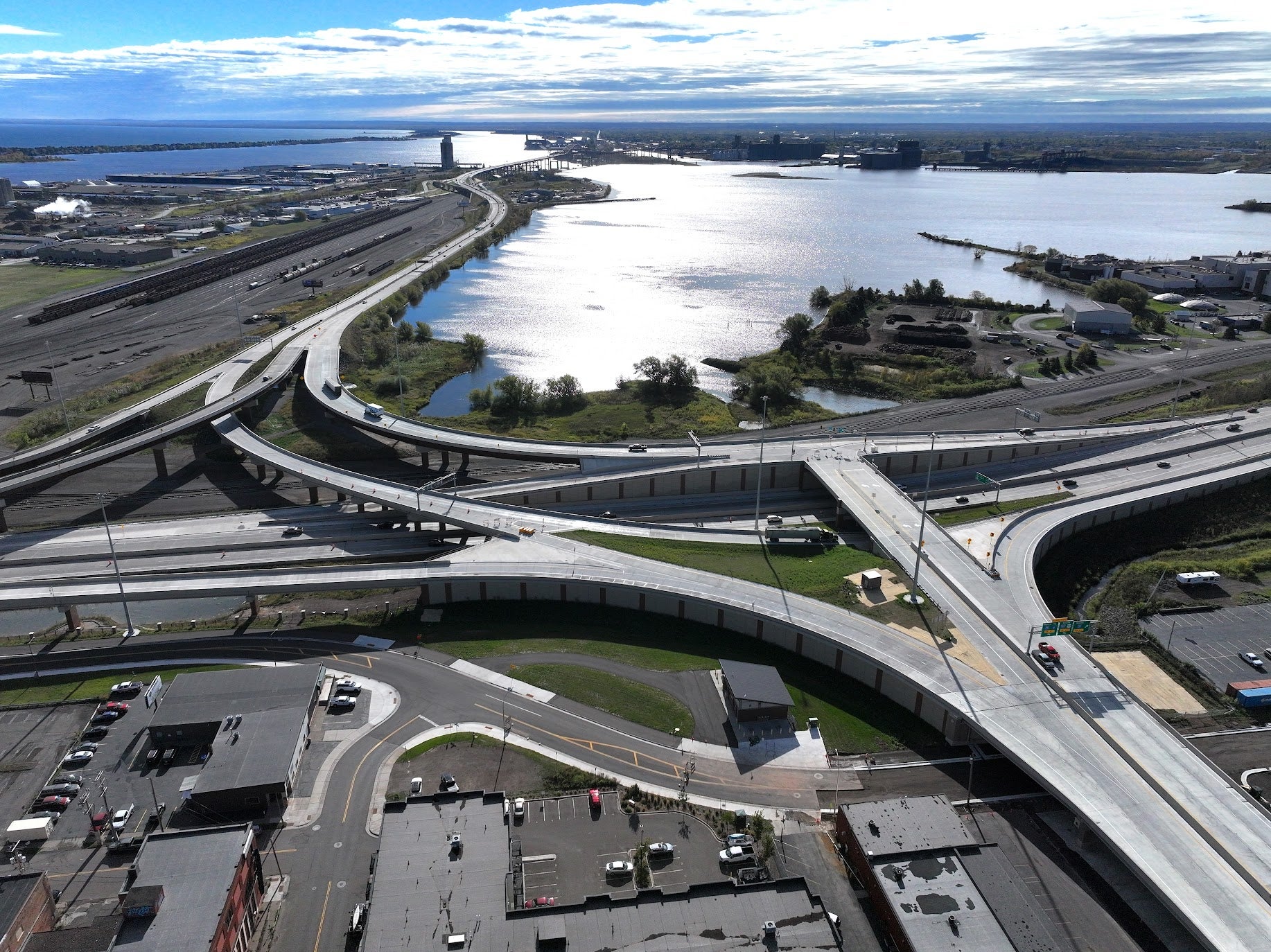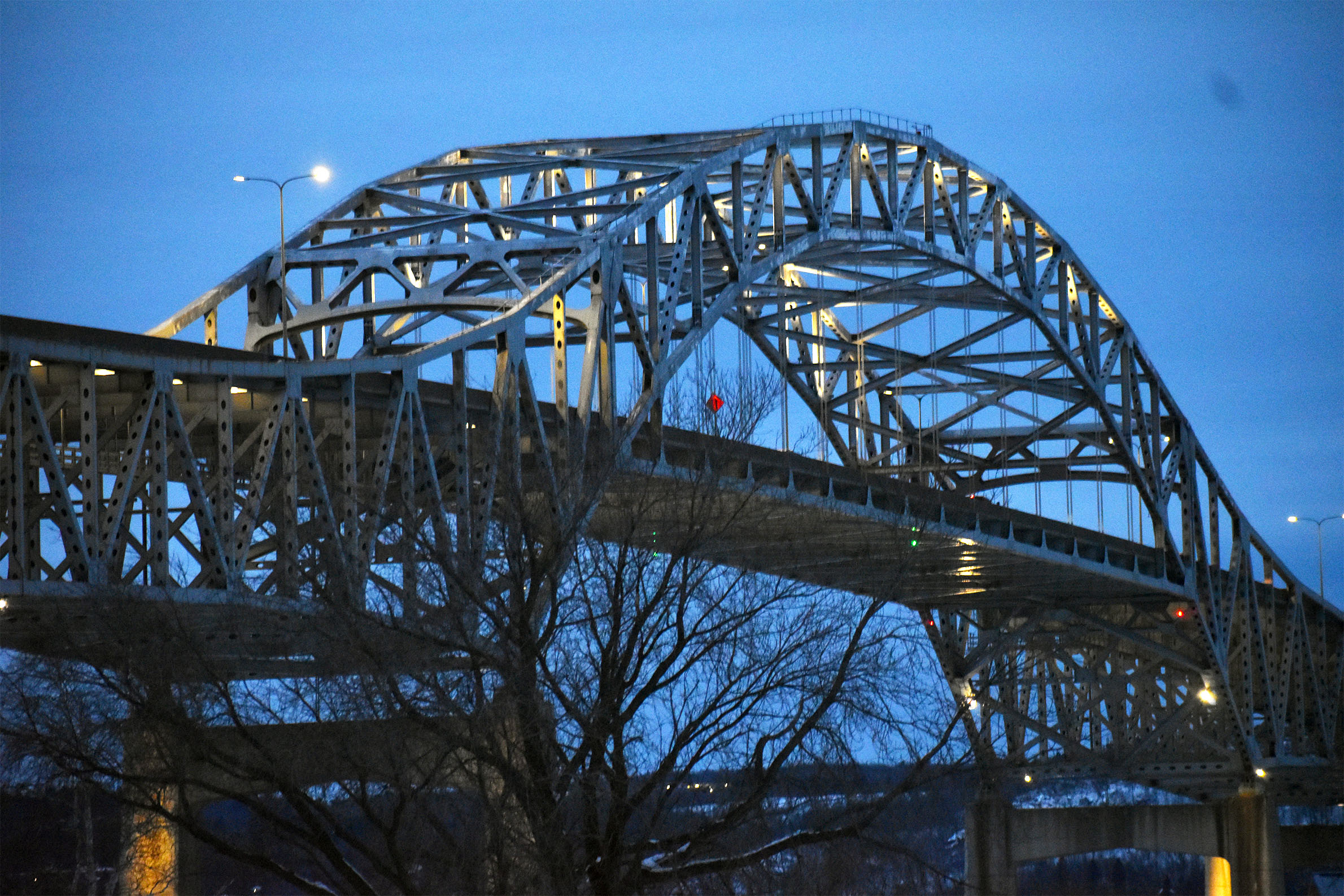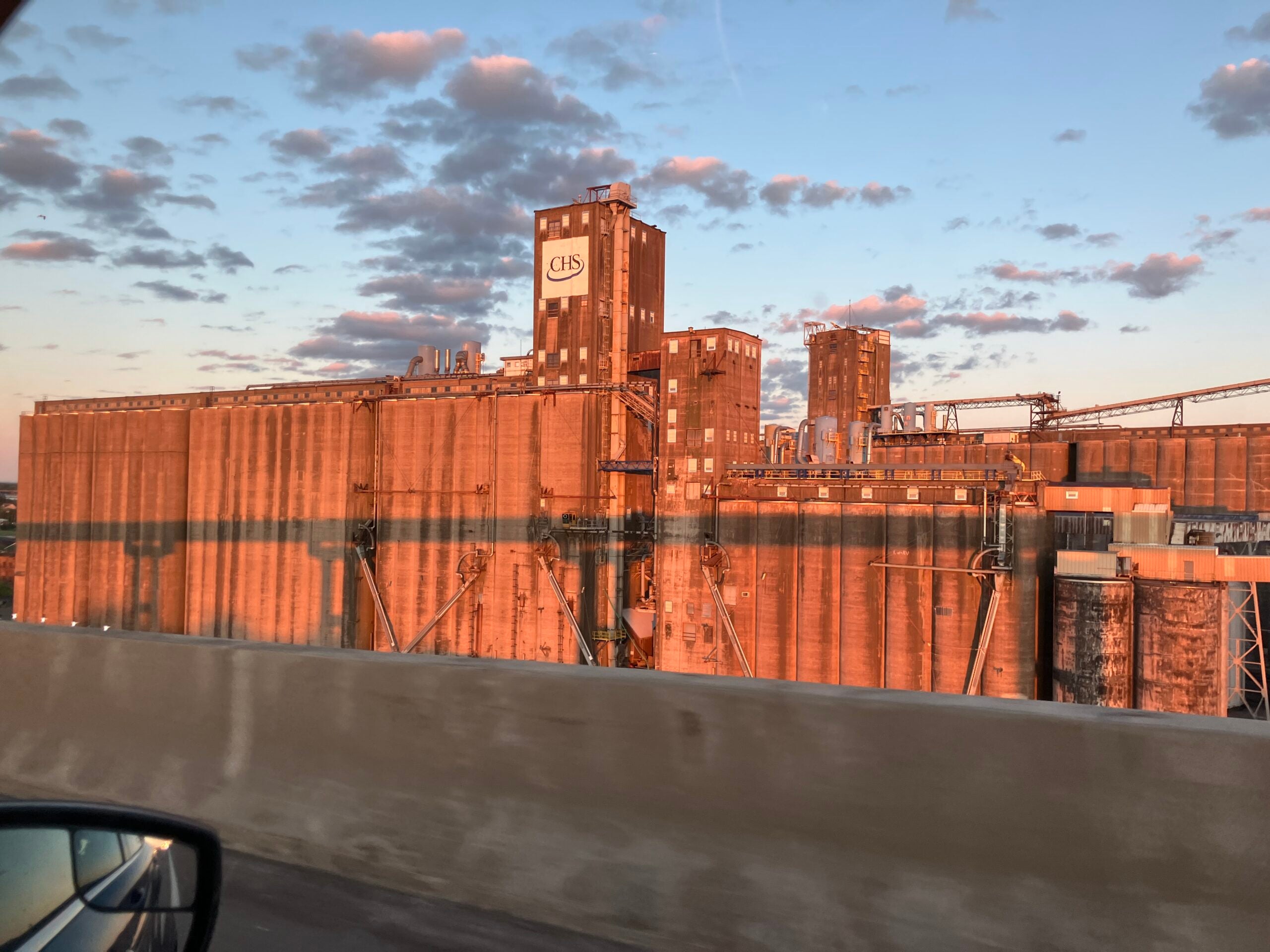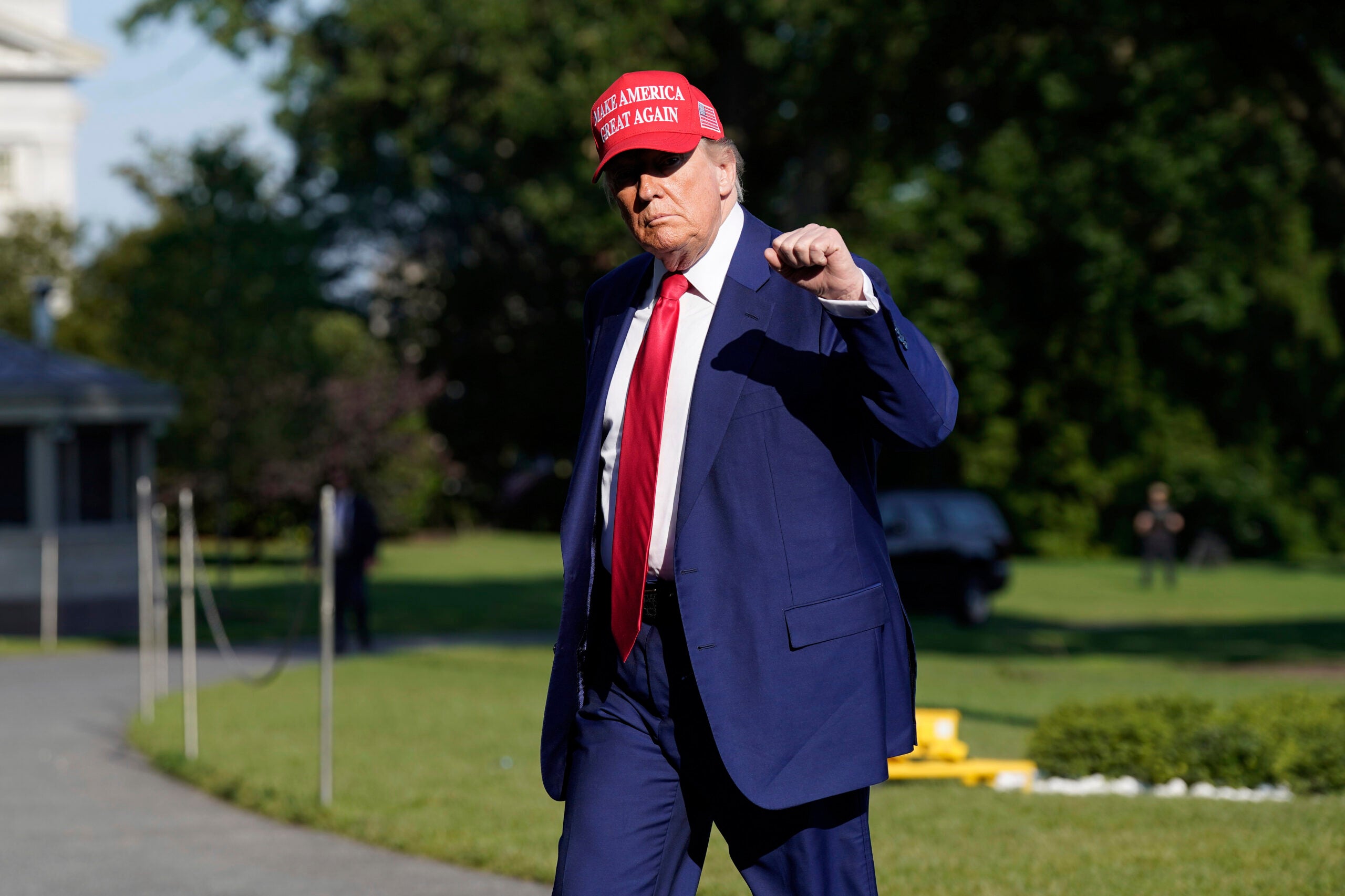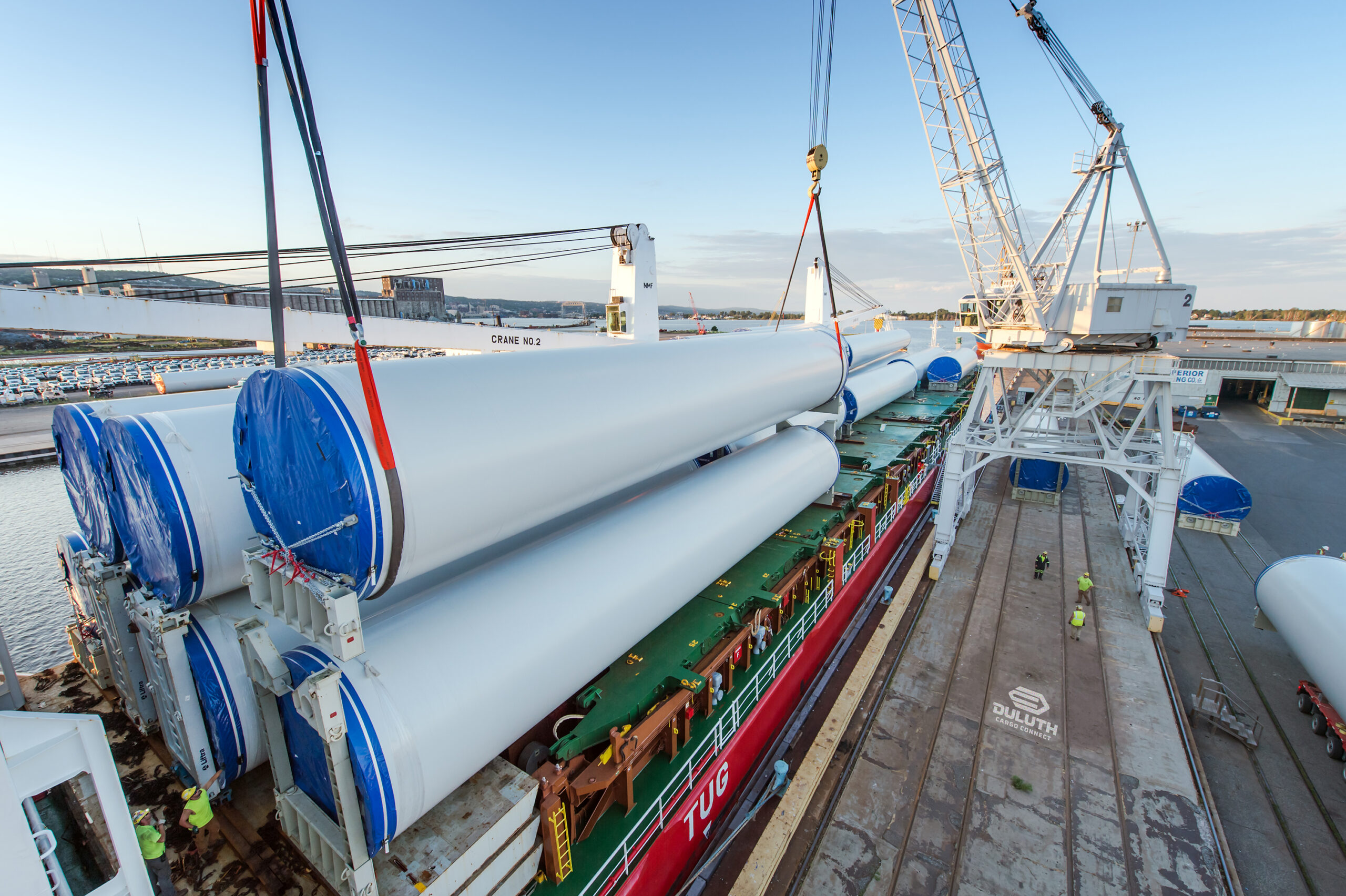With the upcoming second Trump administration, tariffs are on the table — and that could affect prices and the shipping of goods brought from within the country instead of overseas. As a major port and transportation hub, northwest Wisconsin could be particularly affected.
“The new administration has indicated they’d like to see more manufacturing within the United States,” said Richard Stewart, professor emeritus and founding director of the University of Wisconsin-Superior’s Transportation and Logistics Research Center. “Our intermodal systems here in the port of Duluth-Superior are not designed for domestic intermodal. Primarily what they do is international.”
An expert who’s long studied transportation locally and globally, as well as their interconnection, Stewart spoke with WPR’s Robin Washington on “Morning Edition” about transportation and supply chain scenarios and their local impact under the new administration.
News with a little more humanity
WPR’s “Wisconsin Today” newsletter keeps you connected to the state you love without feeling overwhelmed. No paywall. No agenda. No corporate filter.
This conversation has been edited for clarity and brevity.
Robin Washington: What should we be looking at under the new administration’s trade policies?
Richard Stewart: We have some historic precedent. During the last Trump administration, in 2018, he did impose higher tariffs, about 25 percent approximately on Chinese goods. Freight rates for ships jumped 70 percent. Tariffs are not something paid by the exporter. They’re paid by the importer. And those costs are passed on to the U.S. citizens.
RW: What are the major local considerations? I remember during the pandemic, there was a shortage of wood products, even though most of us are sitting right next to a forest or two.
RS: Any person locally can take a look around and find out an enormous amount of what they wear and use is made in China.
If the rates go high enough, a couple of things will happen. Retailers, others will try to stock up before the rates jump so they can have a supply of goods at the cheaper rates. We’re starting to see that happen now. We have a new Amazon Center being built in Duluth.
Does that mean you’ll be able to buy the goods at lower prices after the tariffs go into effect? Not necessarily. Some retailers may charge the tariff rate prices for those stocked goods.
RW: Our biggest logistics hub is the port of Duluth and Superior, but we’re also a major trucking center, with companies like Halvor Lines and Jeff Foster Trucking in Superior. What does all this mean for them?
RS: The new administration has indicated they’d like to see more manufacturing within the United States. If that occurs, that will have major impacts on transportation systems within the United States and within the region.
Both raw materials and finished goods would now travel on highways. Our intermodal systems here in the port of Duluth-Superior are not designed for domestic intermodal. Primarily what they do is international.
When you impose tariffs, companies sometimes move manufacturing to new locations, possibly somewhere like Africa, which would make East Coast ports more attractive and possibly the Great Lakes ports also.
RW: What’s the best case and the worst case scenario for our region in terms of transportation and logistics, beginning with the worst so we can end on a positive note.
RS: The worst case is we see a shift in production with the tariffs causing an increase in production in the southern region of the United States. And then we have to transport goods fairly long distances on both roads and rail in the United States, which carries a high transportation cost.
It costs more to move a container on an intermodal train from a place like Wausau or Green Bay to Chicago than it costs to move that container across the Pacific on a ship.
In the best case, we already have the infrastructure locally to move more goods than we currently do. We have fresh water in abundance. We actually have a fair amount of clean energy. We have repair facilities. So we could grow in transportation and also grow in clean manufacturing in the area and build up our economy.
If you have an idea about something in northern Wisconsin you think we should talk about on “Morning Edition,” send it to us at northern@wpr.org.

